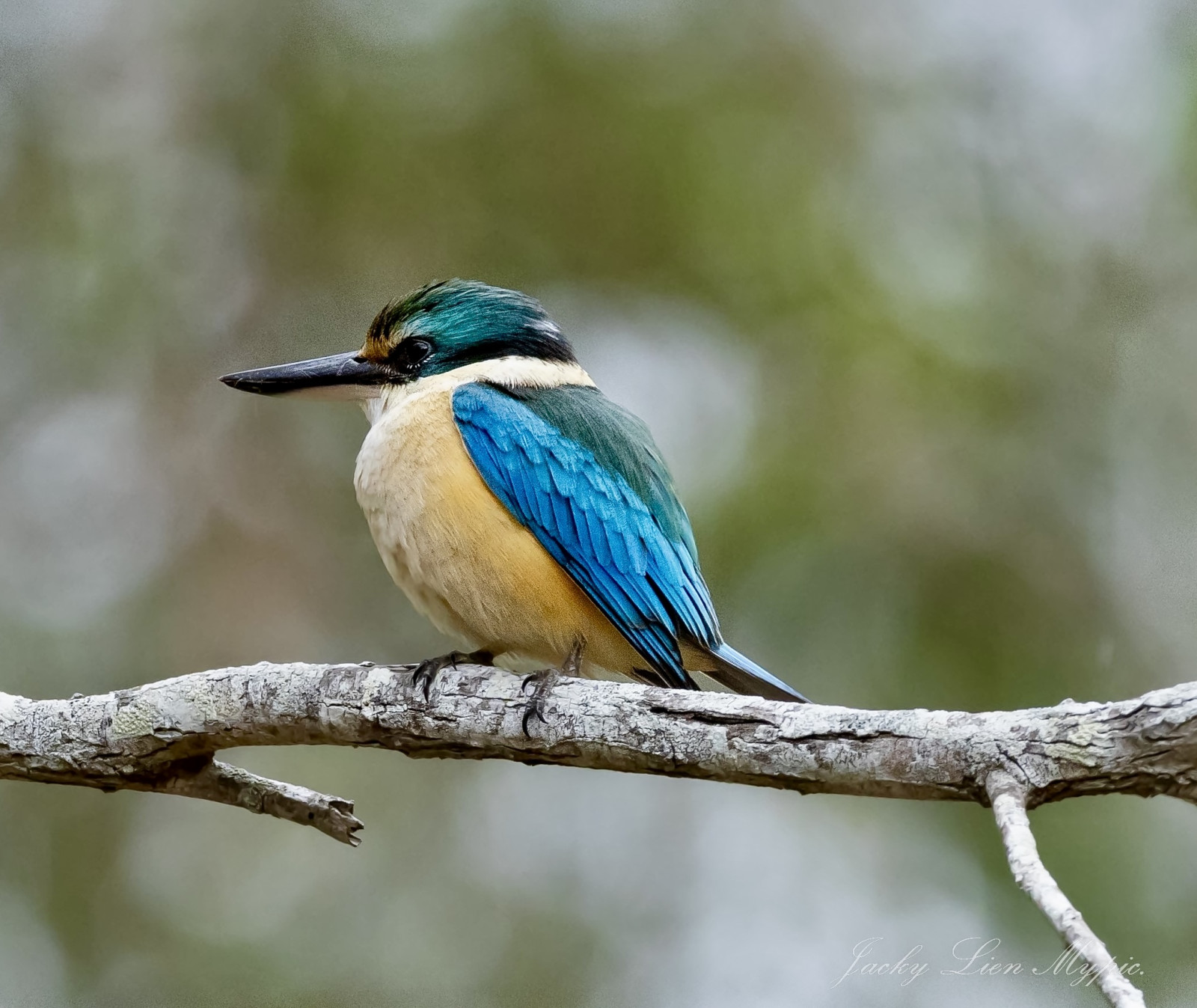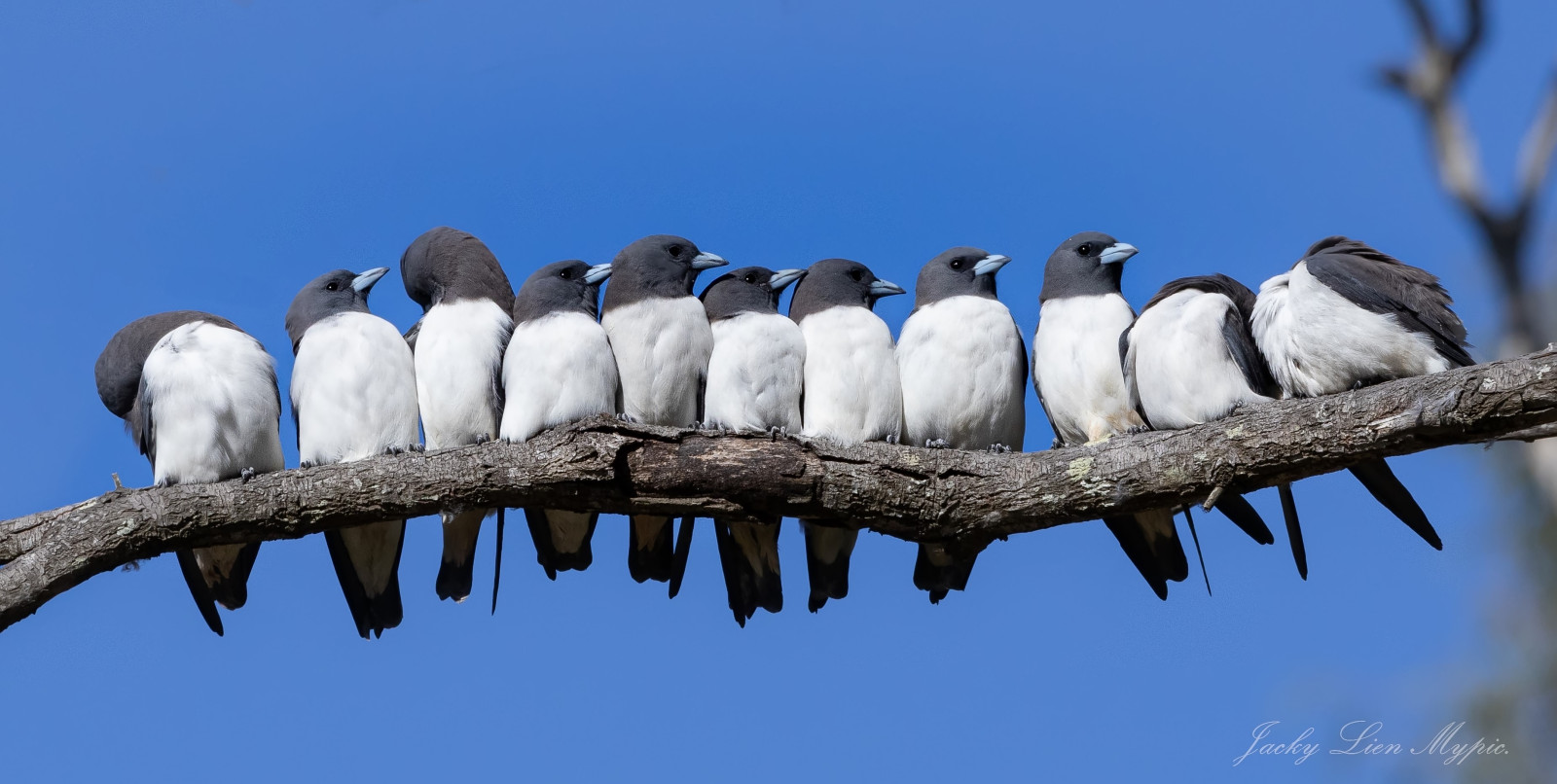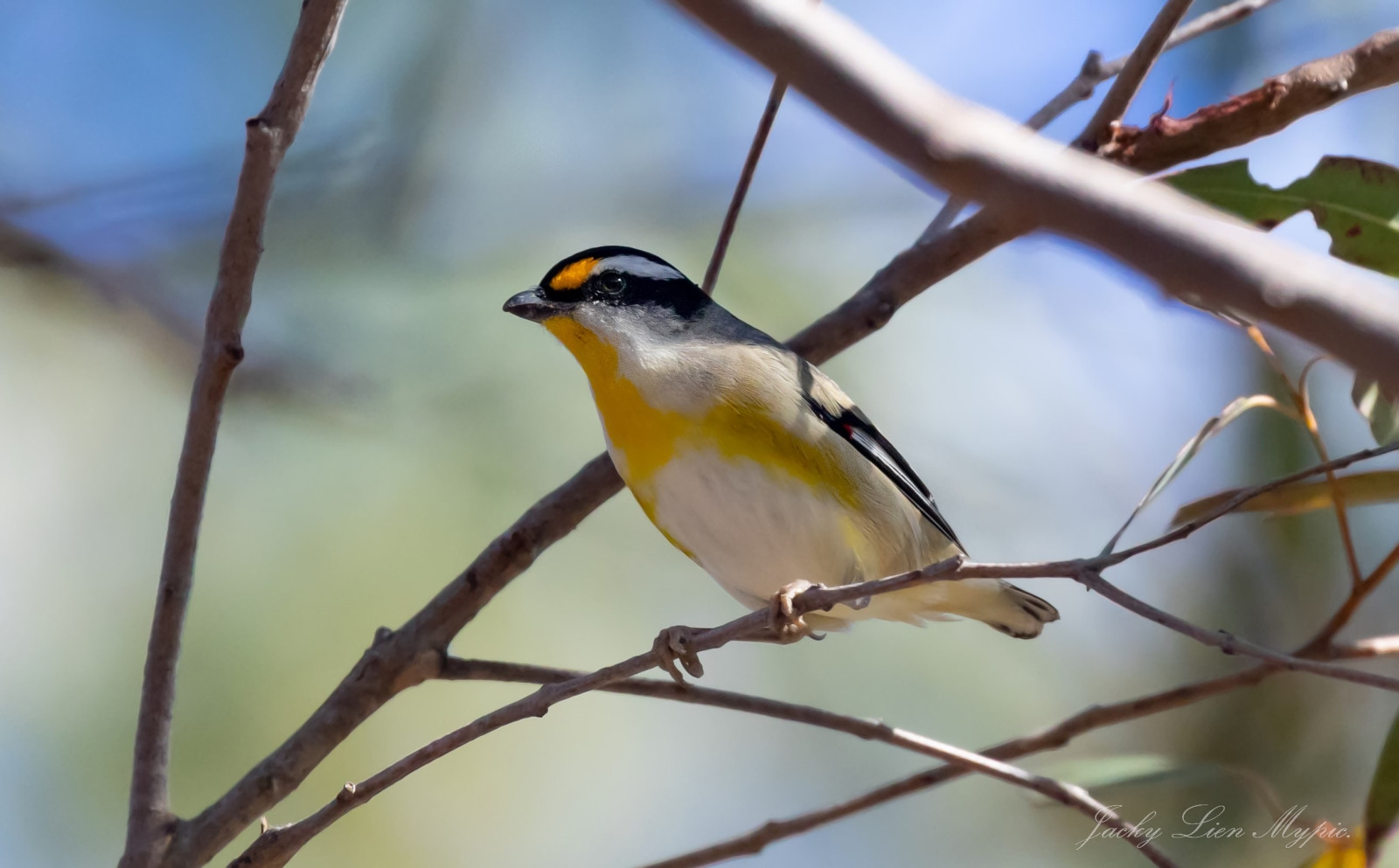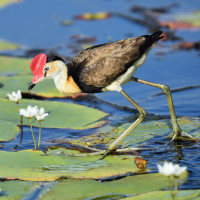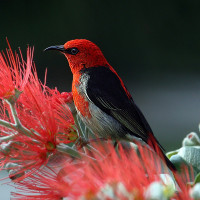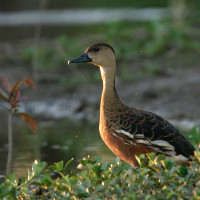Opis
Sandy Camp Wetland has ponds and lagoons. The various ponds hold a variety of water birds and bush birds. Good walking track in all weather condition. The Lily Pad Lagoon has an observation platform (oriented the wrong way for the early morning sun). Watch out for some of Australia's most poisonous snakes. Among the birds you can encounter are Magpie Goose, Pacific Black Duck, Dusky Moorhen, Australasian Swamphen, Comb-crested Jacana, Sacred Kingfisher, Rainbow Bee-eater, Leaden Flycatcher, White-breasted Woodswallow, Australian Reed Warbler, Olive-backed Oriole, Australian White Ibis, Royal Spoonbill, Chestnut-breasted Mannikin and Striated Pardalote.
Szczegóły
Dostęp
Sandy Camp Wetland is located east of Brisbane and sandwiched between logistics warehouses, a railway line, a motorway and school grounds. Parking available n road parking. Click on the P in the map for directions or coordinates. From the parking you can explore the area and the different habitats on foot. Plenty of tracks. The total walking route indicated on the map is about 3 km. The area has great morning light for birding, (except the viewing platform). Birds are present most of the time.
